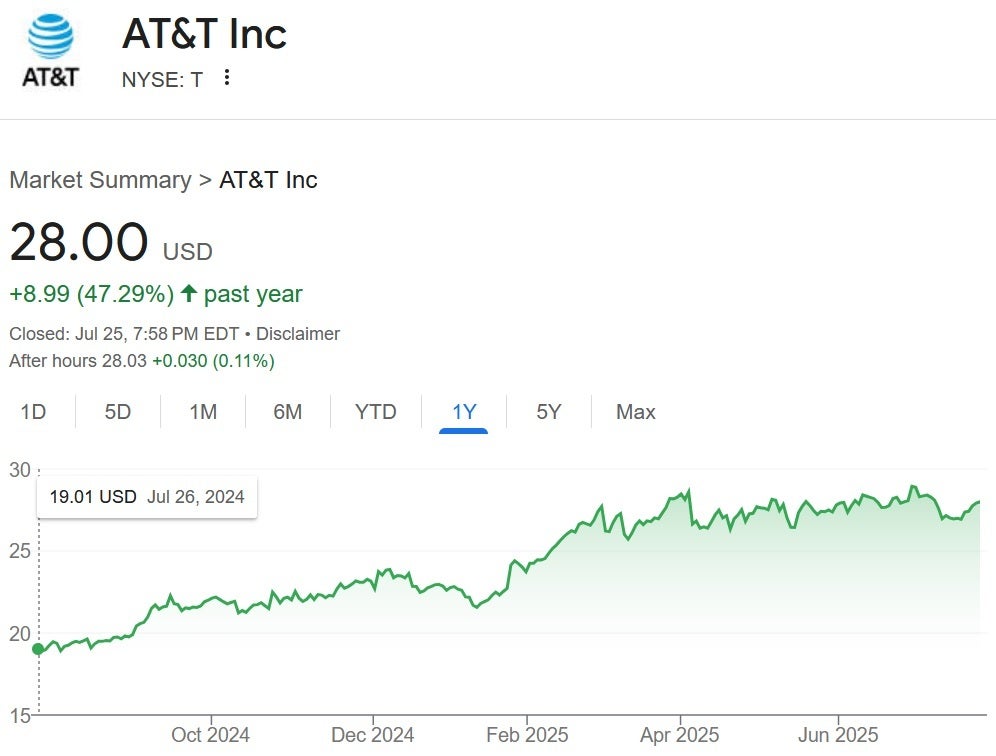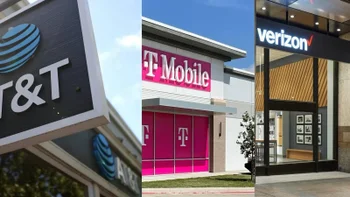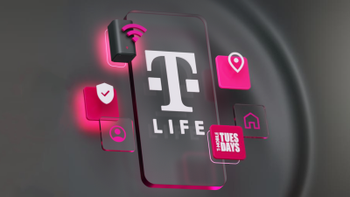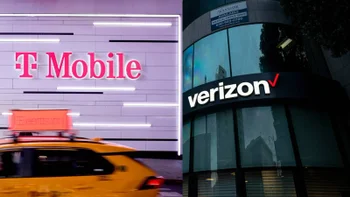Churn, baby, churn. AT&T's CEO and CFO reveal what's ailing the carrier
AT&T is experiencing high increases in churn, which is a symptom of problems with the carrier.

Churn is the metric computed by wireless providers to determine the percentage of customers in a specific category who switched from one carrier to another or gave up wireless service altogether during a given period (usually a quarter). Obviously, the carriers want this number to decline and if it is rising, that's not a good sign. For example, AT&T recently reported its Q2 earnings and announced that during the quarter, it's postpaid phone churn (the most important churn category of all) rose 17 basis points year-over-year from .70% to .87%.
The higher churn reduces some of the glow from adding 401K net new postpaid phone customers
The Q2 postpaid phone churn figure takes away some of the positive feelings analysts might have had over AT&T's announcement that during the second quarter of the year, the carrier added 401,000 net new postpaid phone customers. The higher churn figure comes after AT&T raised the price of its retired unlimited wireless plans. The monthly price was hiked $10 for customers with one line, those with multiple lines are paying $20 more. Earlier this year, the carrier reduced the monthly autopay discount to $5 from $10 for those paying their autopay balance with a debit card. But CEO John Stankey isn't blaming price hikes for AT&T's churn problem.

AT&T shares have been hot, rising over 47% over the last year. | Image credit-Yahoo
Last week, during an earnings call, Stankey said, "I don’t view pricing as being our issue in terms of managing churn. Obviously, every time we take a pricing action, we’re cognizant that there’s going to be some dislocation that we have been historically pretty good at assessing, modeling and managing. We try to do our pricing in a way where we tie prices to value. So we find places where there’s maybe recaptured value that we can price out differently so that the customer feels like it’s not just a price increase, but they understand they’ve gotten something over time or in return for it, where they’re less likely to go."
"This year we had a higher percentage of our customers coming off of financing contracts, and we, all things being equal, expected a higher level of churn plus a continued normalization of the number of net adds. On top of that, in the first half of the year, I think it’s fair to say, we probably saw a little bit more impact from those than anticipated (at the) beginning of the year, as well as probably a little bit of pull forward of demand on the consumer side, because of tariffs."
-Pascal Desroches, AT&T, CFO
So what is causing AT&T's rising churn issues? Chief Financial Officer Pascal Desroches gave several reasons during the earnings call. He blamed a "competitive environment," a higher percentage of customers coming off financing contracts, and he even threw in President Donald Trump's tariffs as a contributor to AT&T's sharply higher Q2 postpaid phone churn percentage.
Speaking of our president, Desroches said that the administration's deportation of illegal immigration has had a negative impact on AT&T's business. "If you look at what’s gone on in the prepaid market this quarter, I do believe some of that falls through to immigration and some of the dynamics that are occurring there," the CFO said.
AT&T customers will be responsible for some of the tariff charges slapped on new phones
AT&T's CEO Stankey, discussing the impact of Trump's tariffs on customer pricing, made it clear that the carrier's customers will end up paying for the higher import taxes. He said, "So I think that if ultimately costs are passed to us from those that we buy handsets from, unfortunately for the customer, we’re going to have to come up with some new ways for them to figure out how to digest that increase in pricing."
Remember, tariffs are import taxes that are paid on products and goods imported into the U.S. by countries that have tariffs imposed on them. Despite what you might have been told or heard, they are paid by U.S. companies and some are passed along to American consumers.
AT&T's 17 percentage point increase in postpaid phone churn was higher than the 10 point year-over-year hike in T-Mobile's postpaid phone churn. Verizon's churn in the same category was flat. It all indicates that the game of carrier musical chairs continues as consumers chase the latest deals.
Another issue that AT&T doesn't seem to address is the carrier's disappointing performance in Ookla's Speedtest Connectivity Report. The latter measured how well the carrier's network performed during the first half of the year and in most categories, AT&T was dead last after T-Mobile and Verizon.
Follow us on Google News













Things that are NOT allowed:
To help keep our community safe and free from spam, we apply temporary limits to newly created accounts: